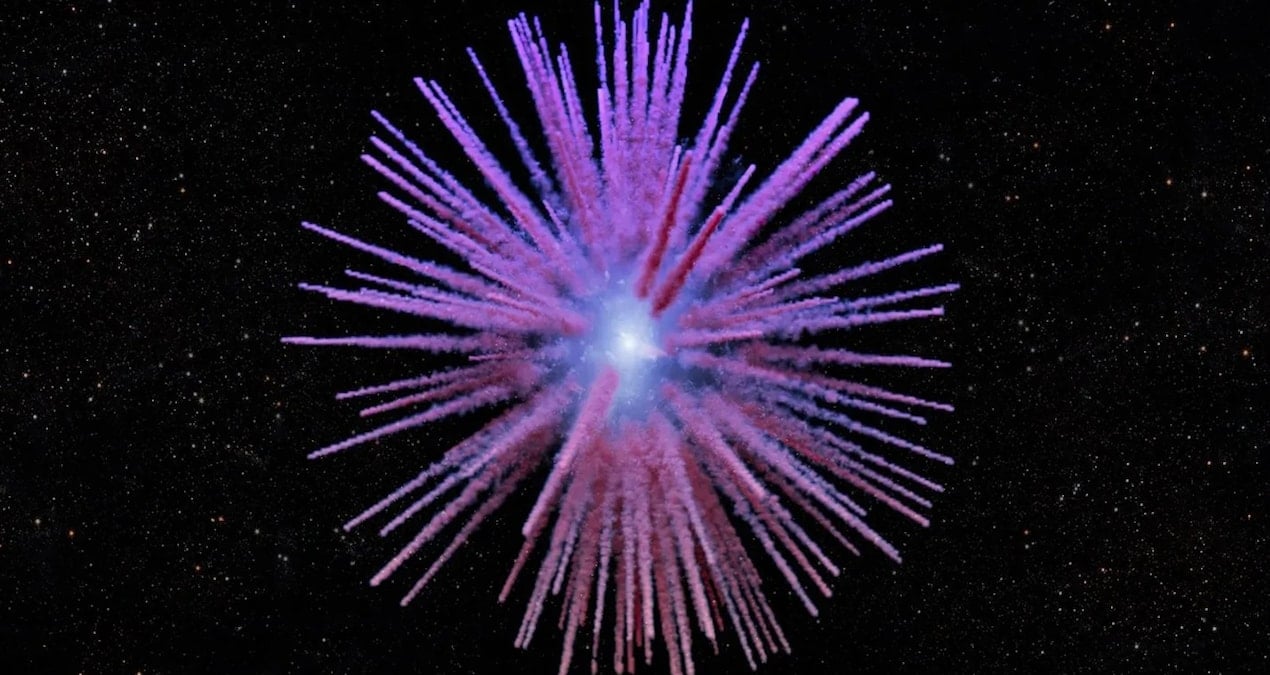Explore the groundbreaking discovery of Magnetar SGR 0501+4516, revealing new insights into the universe’s most magnetic stars.



The recently identified celestial object is one of the 30 known magnetars within our Milky Way galaxy. Magnetars are the remnants of stars that have exhausted their nuclear fuel and are primarily composed of neutrons. Despite having a diameter of merely 20 kilometers, Magnetar SGR 0501+4516 encompasses more mass than our Sun and boasts a magnetic field that is approximately 1 trillion times stronger than Earth’s magnetosphere.
This magnetar was discovered by a team of researchers utilizing the capabilities of the Hubble Space Telescope. According to NASA, this magnetar is so powerful that it seems to possess the superpowers of a fictional hero. In a blog post expounding upon the discovery, NASA’s Hubble Mission team noted that the magnetar originated from an unidentified region of the universe but holds potential to illuminate some of the universe’s most profound mysteries.
Previously, astronomers theorized that Magnetar SGR 0501+4516 emerged from the collapse of a supernova’s core. However, recent observations have cast doubt on this hypothesis regarding its origins. The discovery suggests that the magnetar is either significantly older than the estimated 20,000 years or that it may have been formed by the collision of two neutron stars. “Magnetars are neutron stars, the remnants of deceased stars, entirely composed of neutrons,” explained Ashley Chrimes, the leader of the discovery team.
“What sets magnetars apart is their extraordinarily powerful magnetic fields, which surpass Earth’s strongest magnets by billions of times,” said Nanda Rea from the Space Science Institute in Barcelona, Spain. “Understanding the birth rates and formation scenarios of magnetars is among the most crucial questions in high-energy astrophysics.” These enigmatic objects influence some of the universe’s most energetic transient phenomena, such as gamma-ray bursts, luminous supernovae, and fast radio bursts.


























Sigortahaber.com, sigorta sektöründeki en güncel haberleri, analizleri ve gelişmeleri tarafsız bir bakış açısıyla sunan bağımsız bir haber platformudur. Sigorta profesyonellerine, acentelere ve sektöre ilgi duyan herkese doğru, hızlı ve güvenilir bilgi sağlamayı amaçlıyoruz. Sigortacılıktaki yenilikleri, mevzuat değişikliklerini ve sektör trendlerini yakından takip ederek, okuyucularımıza kapsamlı bir bilgi kaynağı sunuyoruz.
Yorum Yap